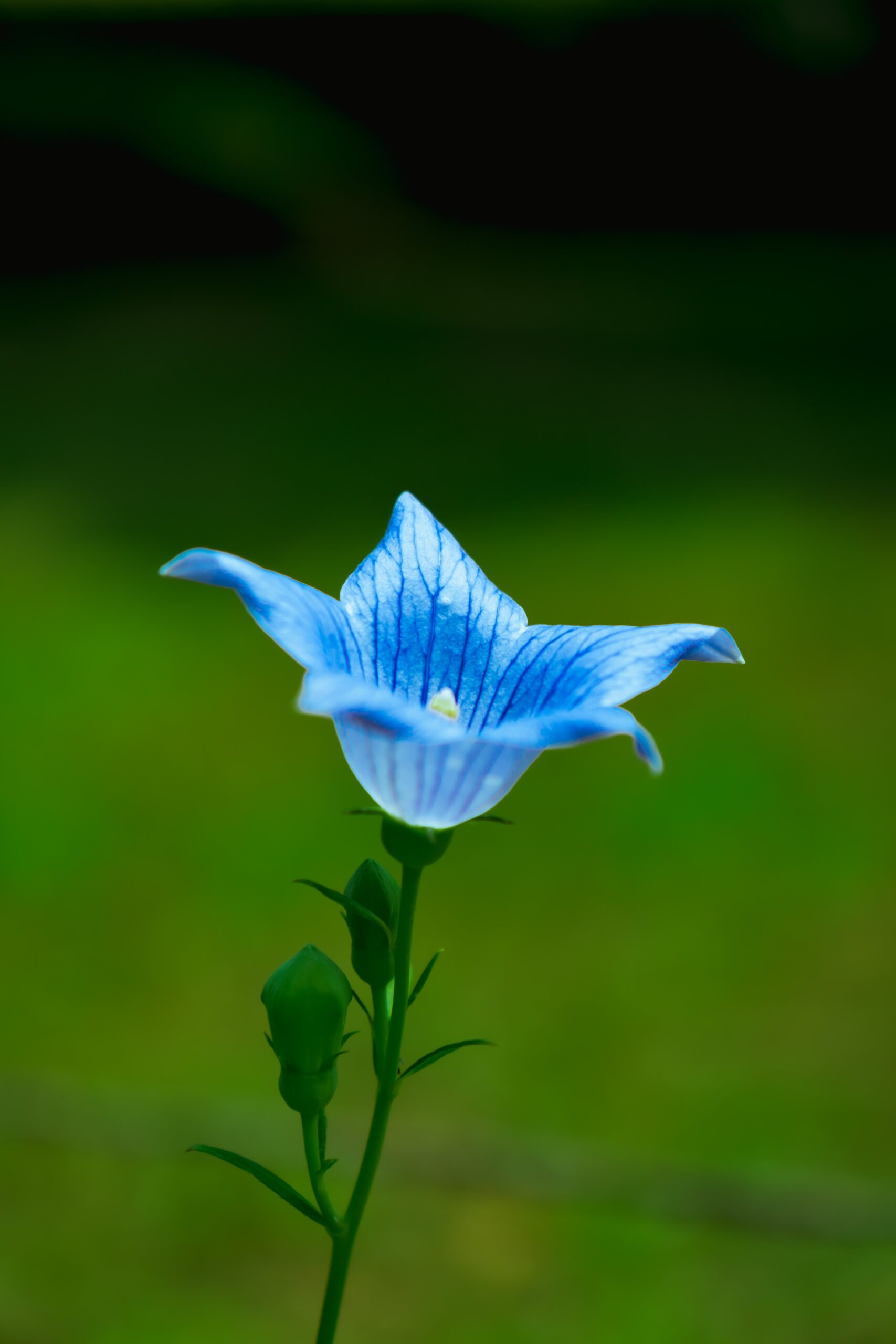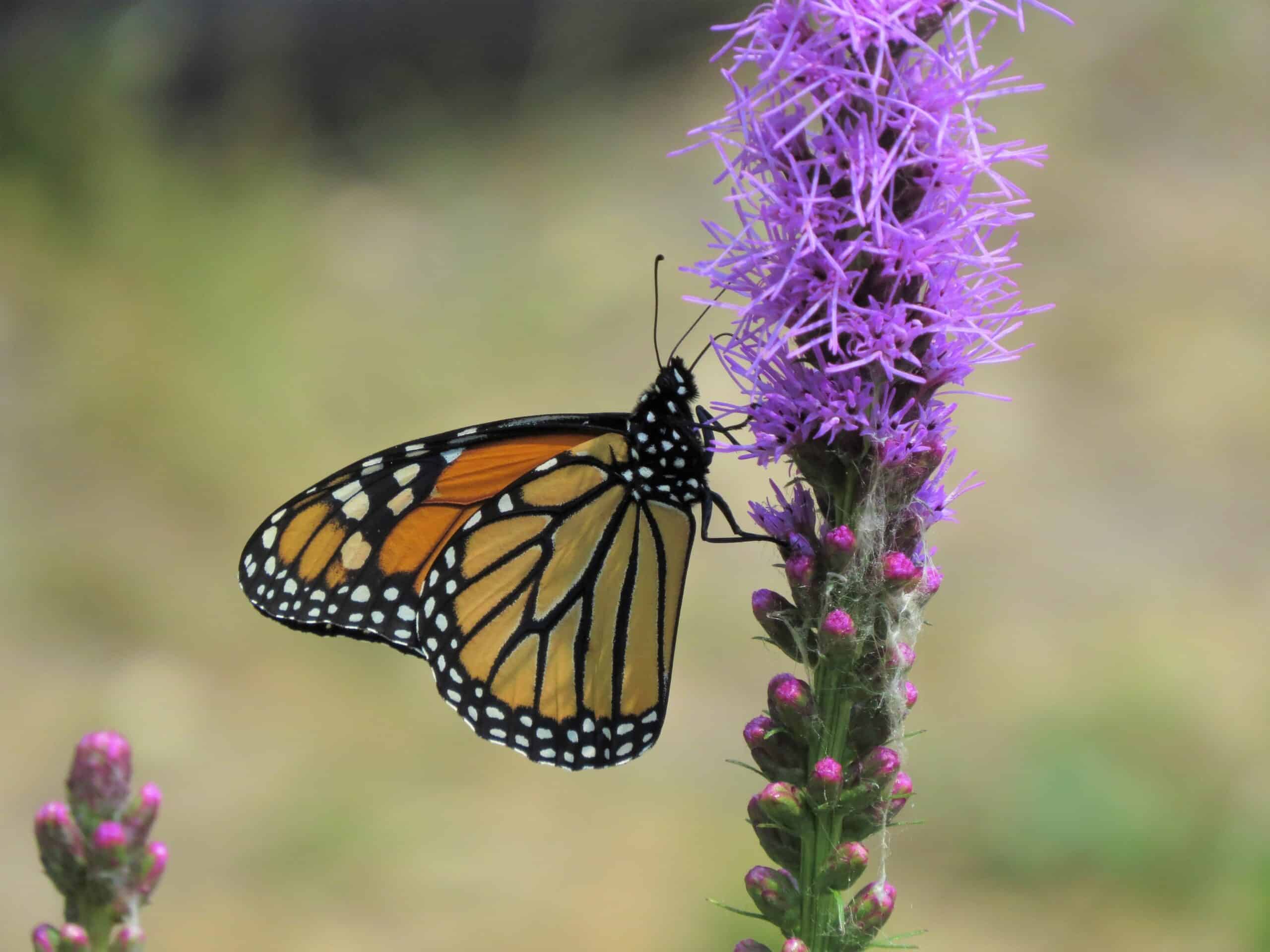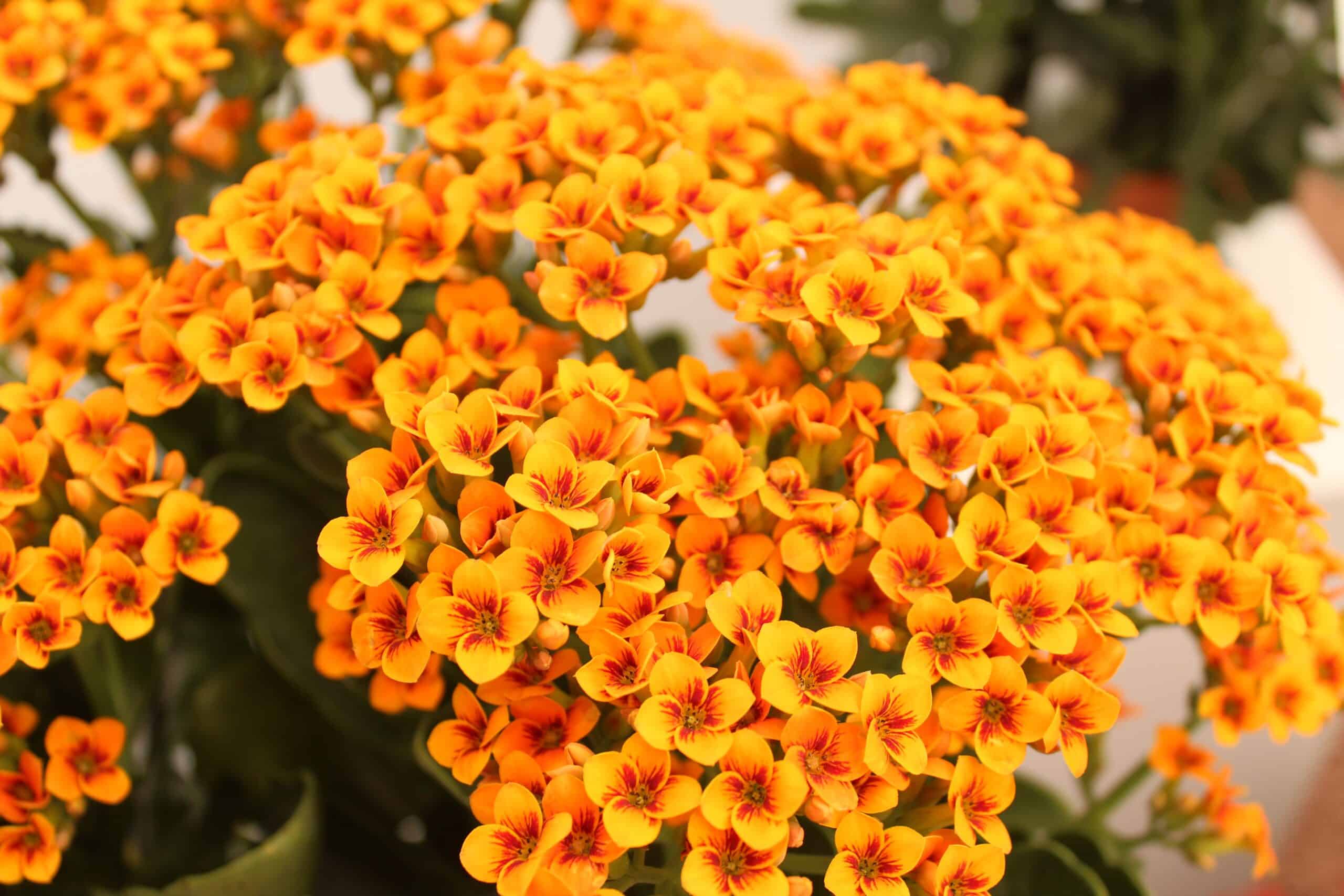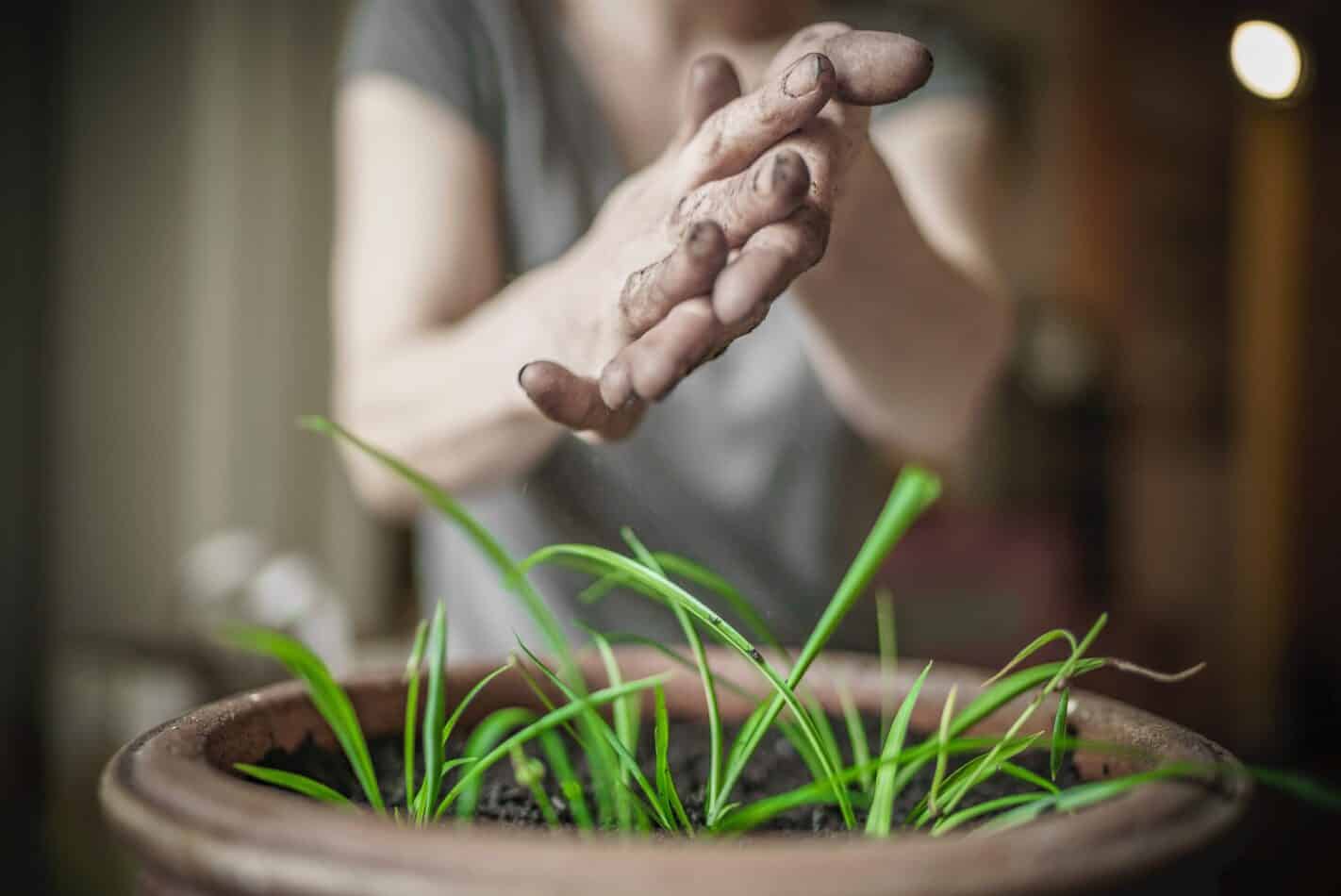How to Grow and Care for Bellflowers? This beautiful flowering plant has become very popular in recent years. They are easy to grow and look great in the garden or indoors. Bellflowers cuts are not resilient so take precautions to prolong the life of your flower cuts.
The name comes from the Latin word ‘Bellum,’ meaning war. These flowers were initially cultivated as a medicinal plants to treat wounds and infections. Today they are grown commercially for their beauty and fragrance. There are several ways to grow bellflowers. You can purchase them from a local nursery or grow them from seed. Once you get started, you’ll see why these plants are a great addition to your garden.
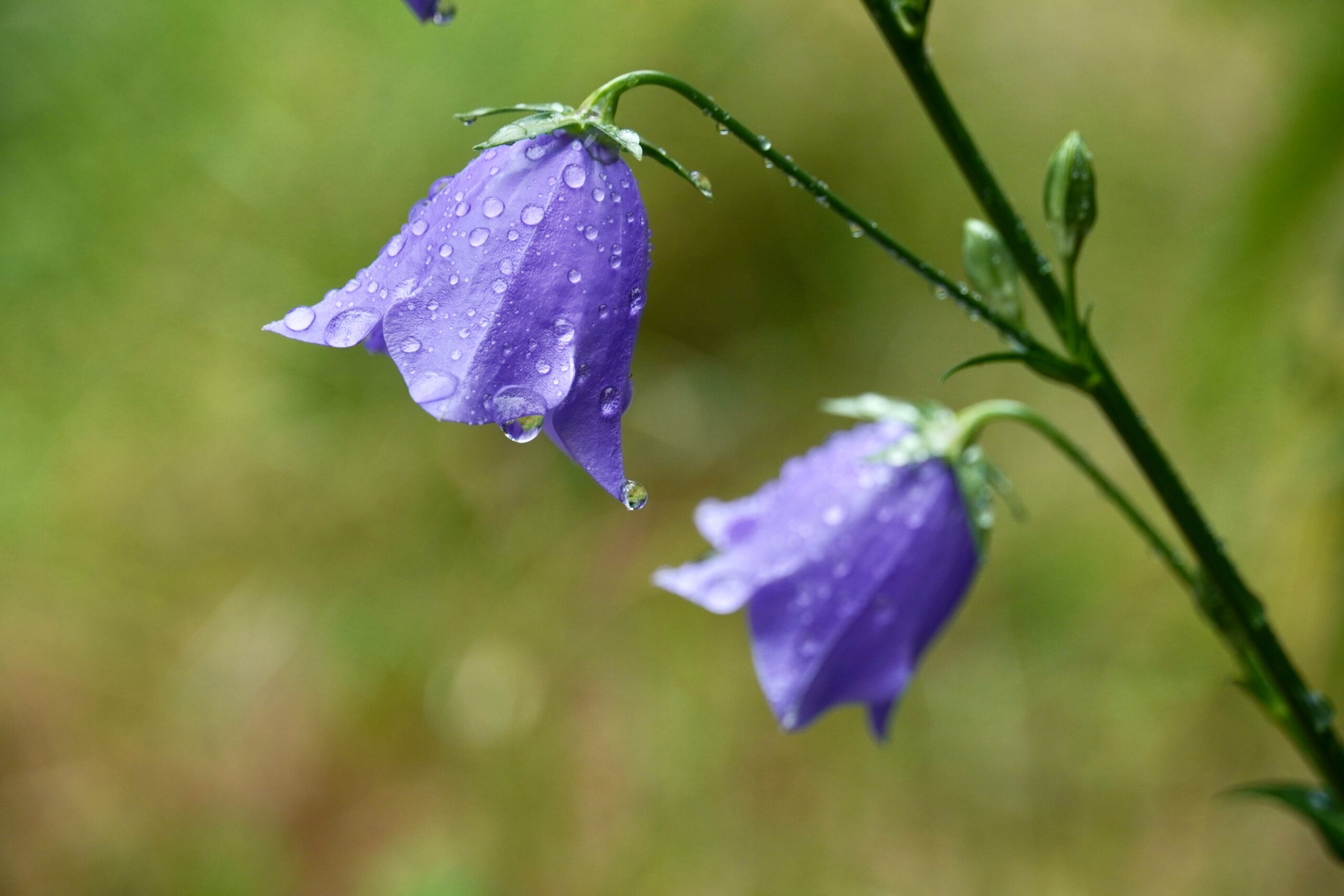
How to Grow and Care for Bellflowers
Where to Plant Bellflowers
Bellflowers prefer to grow in sunny locations that have good drainage. If you live where it often snows, consider planting them in pots so they don’t freeze during winter.
How to Plant Bellflowers
You will need the following:
- Choose a location in your yard that receives at least six hours of direct sunlight daily.
- Dig out a hole twice the size of the root ball and place the bulb into the hole. Fill around the base of the bulb with potting mix. Be sure not to cover the top of the bulb.
- Place the container in a warm, bright spot under a window or on a south-facing patio. Keep the soil moist but not soggy.
- When roots begin to appear, water thoroughly. Continue watering until the first set of leaves appears.
- After about two weeks, remove the old foliage and replace it with new growth.
- The flowers should bloom within three to four months after germination.
- Remove spent blooms to encourage more flowering.
- To keep the plant looking its best, deadhead when the flowers fade.
- Repot every other year.
- Use a fertilizer that is low in nitrogen.
- In cold climates, protect the plant by covering it with thick mulch.
- In hot climates, provide additional shade.
When to Plant Bellflowers
In general, it’s best to plant bellflowers in spring or fall. If you live in a region where temperatures drop below freezing during the winter months, you may want to wait until after the last frost date before planting.
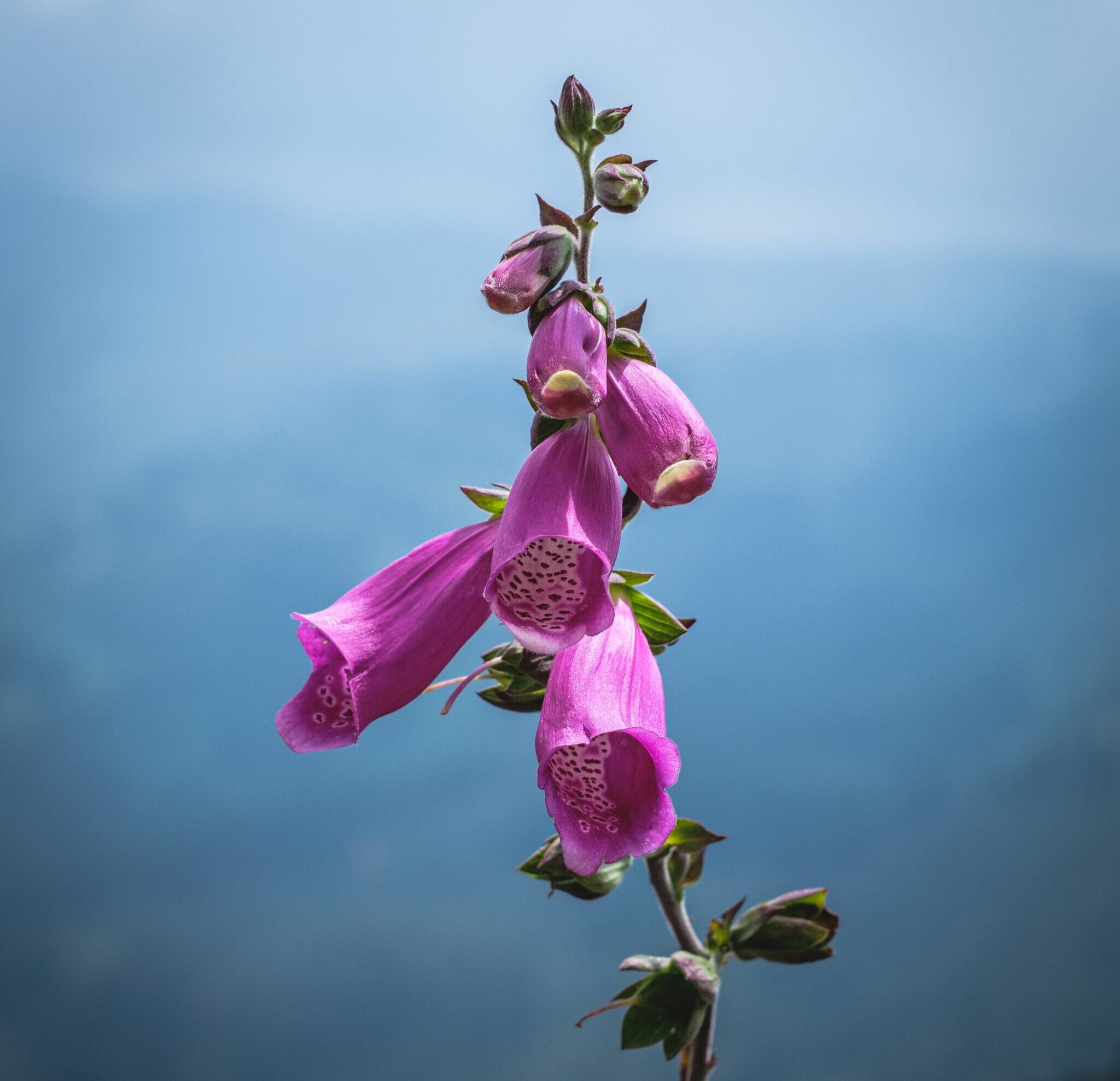
How to Grow Bellflowers
To start seeds indoors:
- Use a small amount of vermiculite mixed with peat moss.
- Cover the mixture with plastic wrap and set it aside in a warm room (70°F).
- Check the mix daily, removing the wrap and replacing it with fresh material.
Seedlings should sprout in 7 to 10 days.
Sow bellflower seeds directly outdoors once all danger of frost has passed. Sow in early spring, spacing the rows 12 inches apart and 3 inches deep. Space the rows 30 inches apart.
Plant Care
Bellflowers prefer cooler temperatures than many other flowers, so they do better in areas where it gets cold at night. They don’t like direct sunlight but will grow well if shaded by trees or buildings. The plant needs regular watering during dry spells, but it doesn’t mind being left alone once established.
- Light
The light requirements of bellflowers vary depending on which variety you choose. Some types grow best in full sun, while others prefer partial shade. If you live in an area where it gets cold at night, consider planting some varieties that bloom during winter.
- Soil
Bellflowers prefer a slightly alkaline environment (pH 6.5–7.5) but will grow fine in soils ranging from acid to neutral. If you live in an area where the soil is naturally acidic, you may want to add lime to raise its pH.
- Water
They need plenty of water throughout the growing season. Water deeply when the top 2 inches of soil are dry. You should also water regularly during hot weather.
- Temperature and Humidity
The ideal temperature for growing bellflowers is between 60°F and 80°F (15°C and 27°C). Bellflowers will not grow at temperatures below 40°F (4°C) or above 90°F (32°C).
- Fertilizer
The most common fertilizer used by growers is 10-10-10, which contains nitrogen (N), phosphorus (P), and potassium (K).
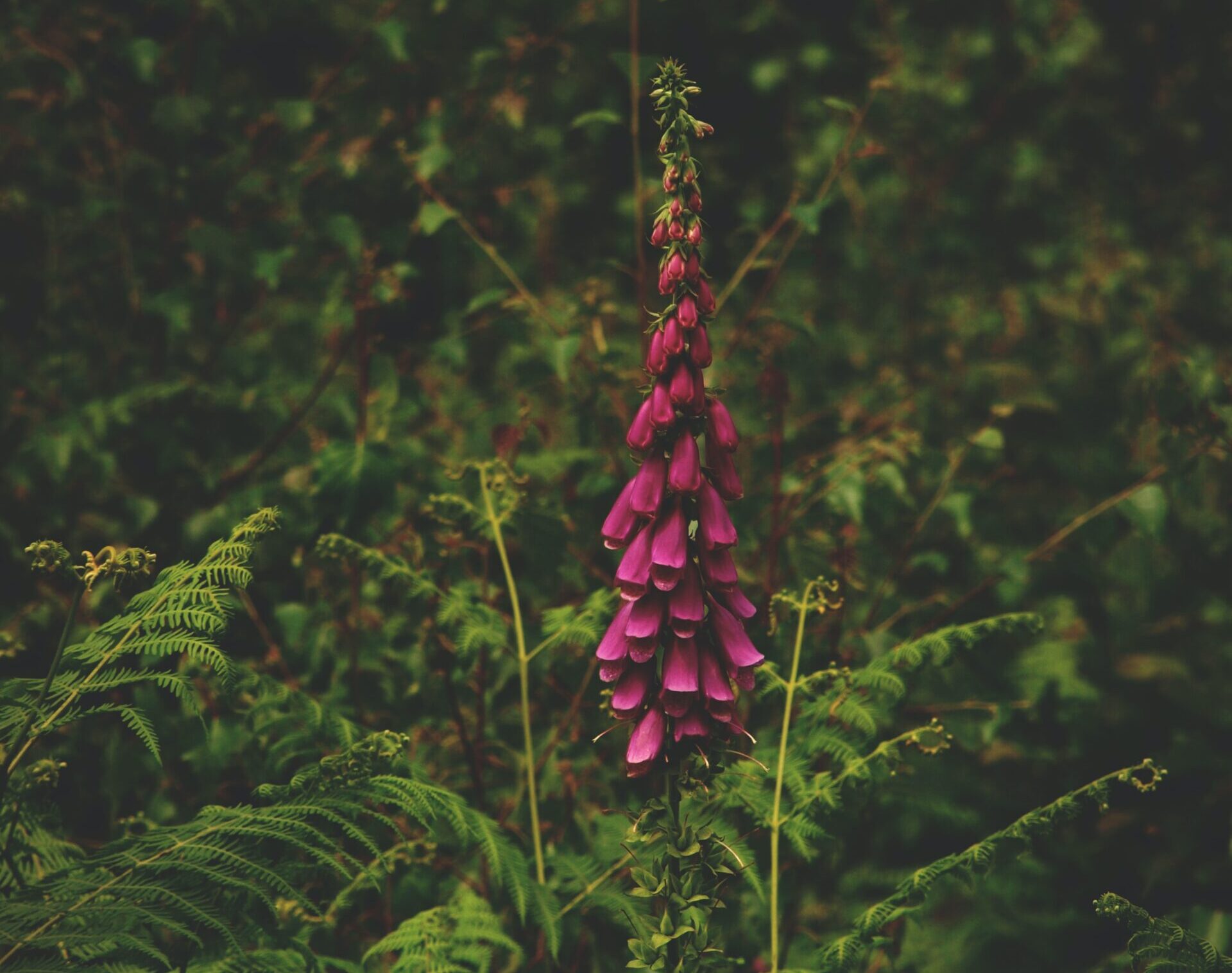 Propagating Peachleaf Bellflowers
Propagating Peachleaf Bellflowers
Peachleaf bellflowers have long been considered one of the more accessible types to propagate. To get started:
- Take cuttings from healthy stems.
- Insert the cutting into potting soil at least 8 inches deep.
- Keep the soil damp but not wet.
- When roots appear, remove the cutting from the pot and repot it into fresh ground.
Pruning
Peachleaf bellflowers have no pruning requirements. However, remove dead blossoms to encourage new growth if you use them as cut flowers.
Pests and Diseases
There are a few pests associated with bellflowers. Aphids occasionally cause problems, especially if there are several different species present. Remove aphid colonies using insecticidal soap or neem oil.
Diseases such as mildew and rust can affect bellflowers. Keep plants free of disease by washing leaves daily with a solution of 1 cup of bleach per gallon of water.
What we love from Amazon this week
Buy these wonderful flowers directly from Amazon:


